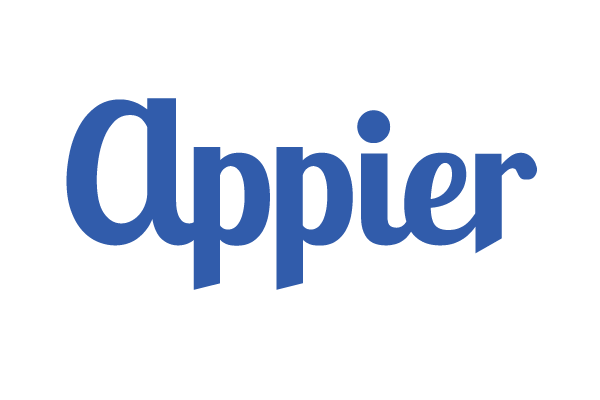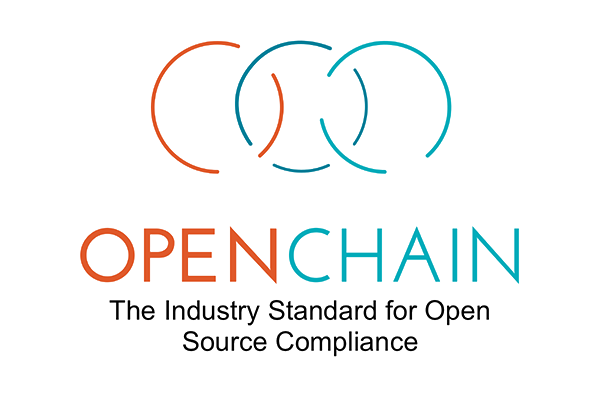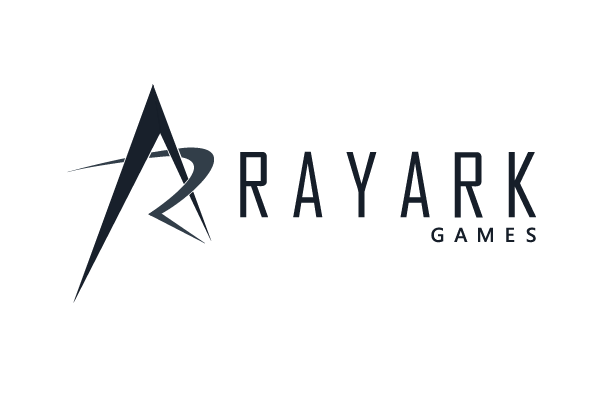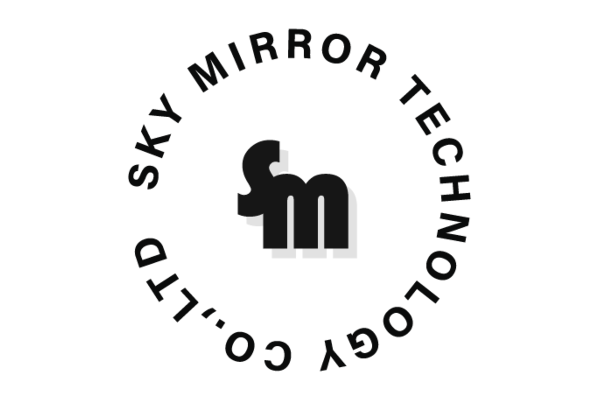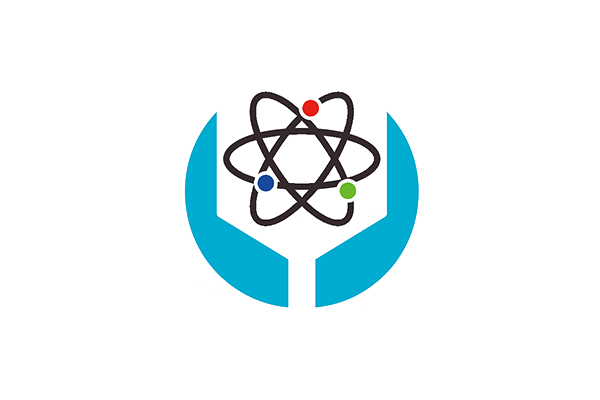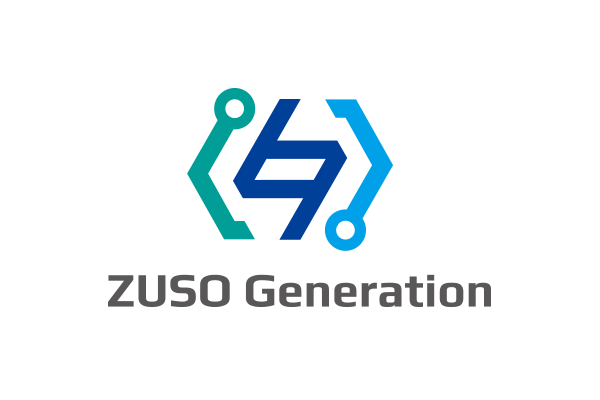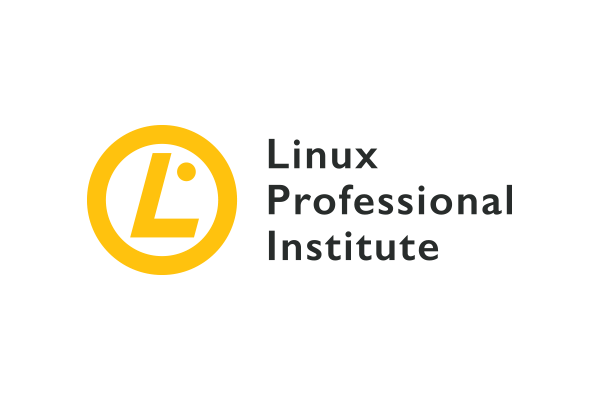In this talk, attendees will learn about natural language processing techniques (TextAnalysis.jl) using Julia and how it can be combined with machine learning(MLJ.jl) to generate new knowledge from the existing knowledge. We will talk about how we designed curriculum using natural language processing, unsupervised machine learning and pointer-generator network.
The curriculum in general and undergraduate curriculum, in particular, is one of the most important pillars of an education system. The undergraduate curriculum has two main objectives i.e. employability and higher education. The greatest challenge in designing an undergraduate curriculum is achieving a balance between employability skills and laying the foundation for higher education. Generally, the curriculum is the combination of core technical subjects, professional electives, humanities, and skill-oriented subjects. We used natural language processing and machine learning packages in Julia to build a curriculum design system. The steps to build a curriculum design system are described below:
- The dataset was built from the job profiles from different job listing websites like indeed.com, linkedin.com, and monster.com. Also from the syllabus of competitive exams and qualifying exams for higher education.
- On the dataset, we applied natural language processing techniques to identify the subjects and subject content. For natural language processing, we used TextAnalysis.jl package in Julia.
- To generate syllabus content for a particular subject, a pointer-generator network was used. The pointer generator network is a text summarization technique that combines extractive and abstractive summarization techniques. The extractive summarization technique extracts keywords from the dataset, whereas the abstractive summarization technique generates new text from the existing text. The pointer-generator network was implemented using the MLJ.jl machine learning package in Julia.
- The generated curriculum was then compared with the existing curriculum to get insights like, how much percent of the curriculum is industry oriented, how much percent of the curriculum is aimed at higher education, and job-oriented skills.
- The above steps can be repeated with modified parameters to get better insights and curriculum. This also gives us an idea of how we can have an evolving curriculum that can help us bridge the gap between industry and academia.
In this talk, attendees will learn about natural language processing techniques using Julia and how it can be combined with machine learning to generate new knowledge from the existing knowledge.
About Gajendra Deshpande
Mr. Gajendra Deshpande holds a master’s degree in Computer Science and Engineering and working as Assistant Professor at the Department of Computer Science and Engineering, KLS Gogte Institute of Technology, Belagavi, Karnataka, India. He has a teaching experience of 11 years and a Linux and Network Administration experience of one year. Under his mentorship teams have won Smart India Hackathon 2018 and Smart India Hackathon 2019. He is the Technical Director for Sestoauto Networks Pvt. Ltd. and Founder of Thingsvalley. His areas of Interest include Programming, Web Designing, Cyber Security, Artificial Intelligence, Machine Learning, Brain-Computer Interface, Internet of Things, and Virtual Reality. He has presented papers at NIT Goa, Scipy India 2017 IIT Bombay, JuliaCon 2018 London, Scipy India 2018 IIT Bombay, Scipy 2019 USA, PyCon FR 2019 Bordeaux France, and IIT Gandhi Nagar.

